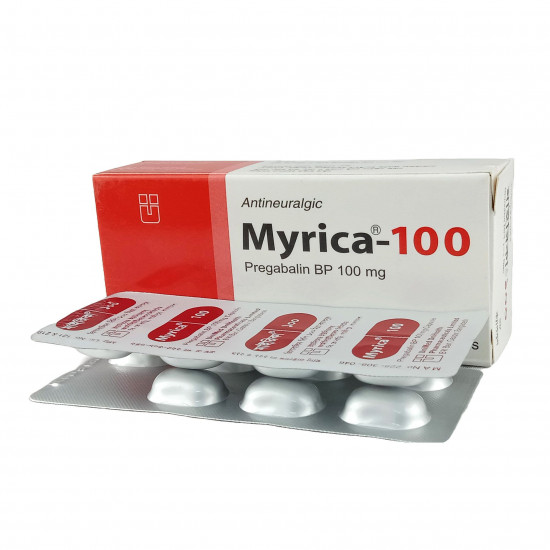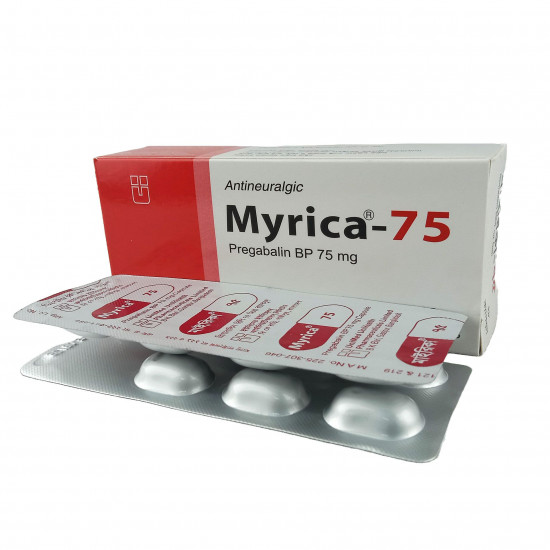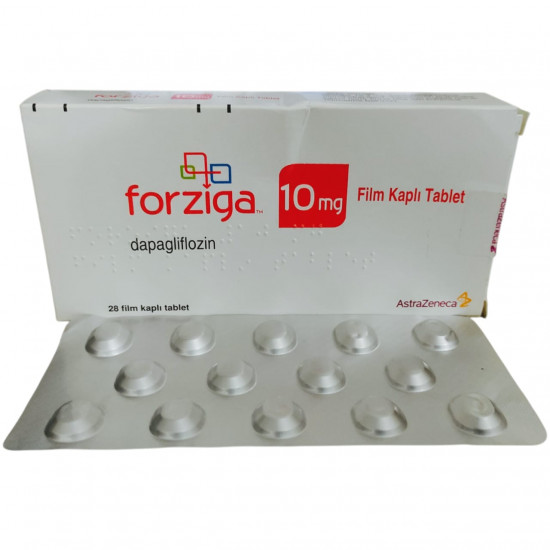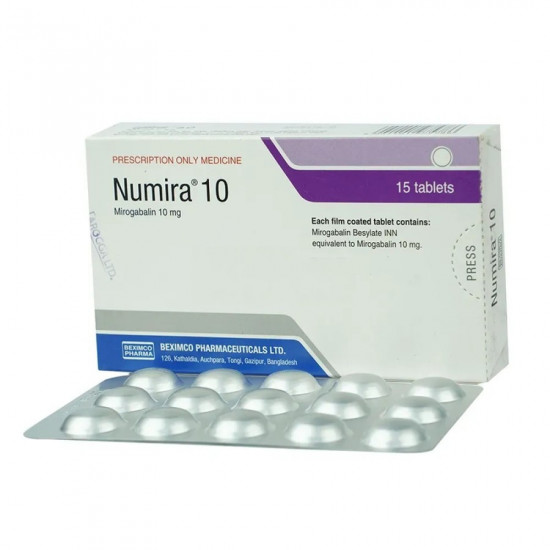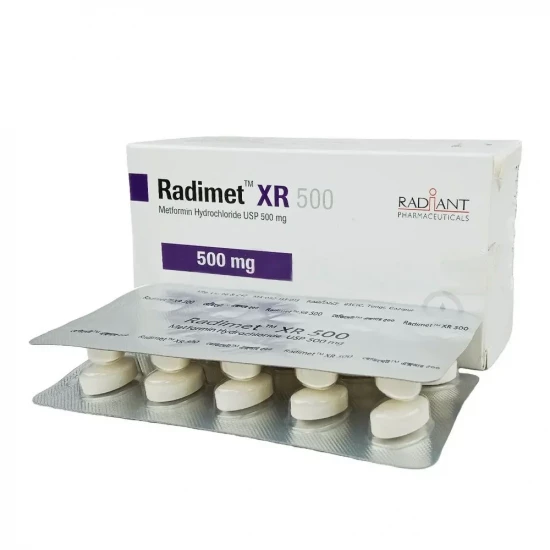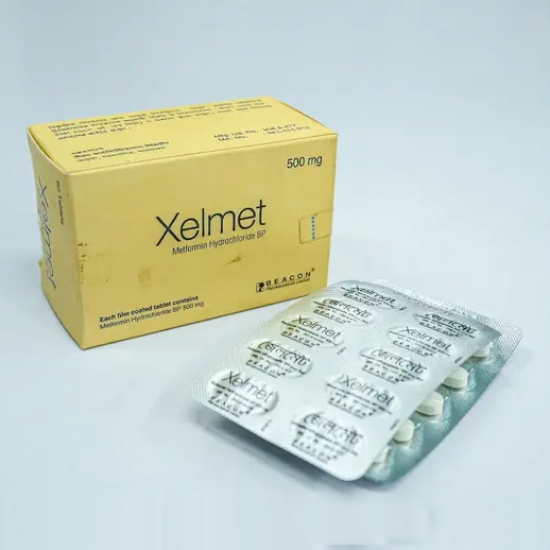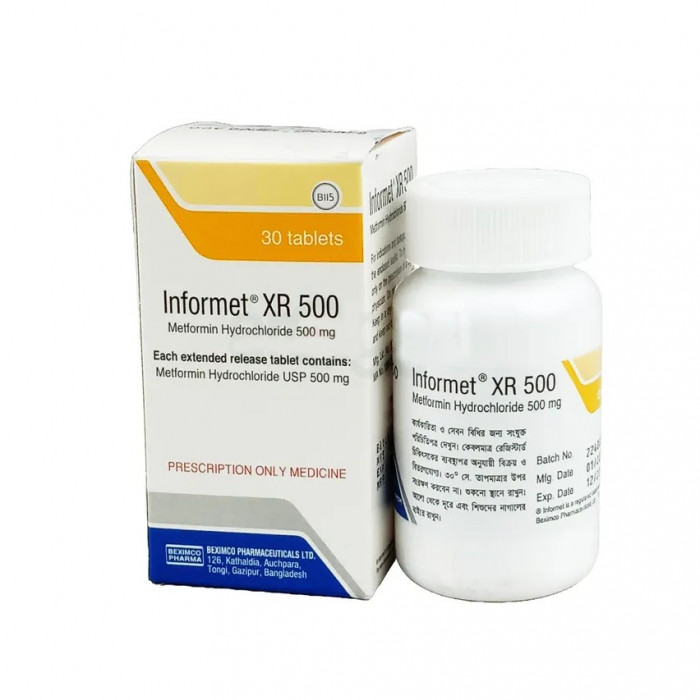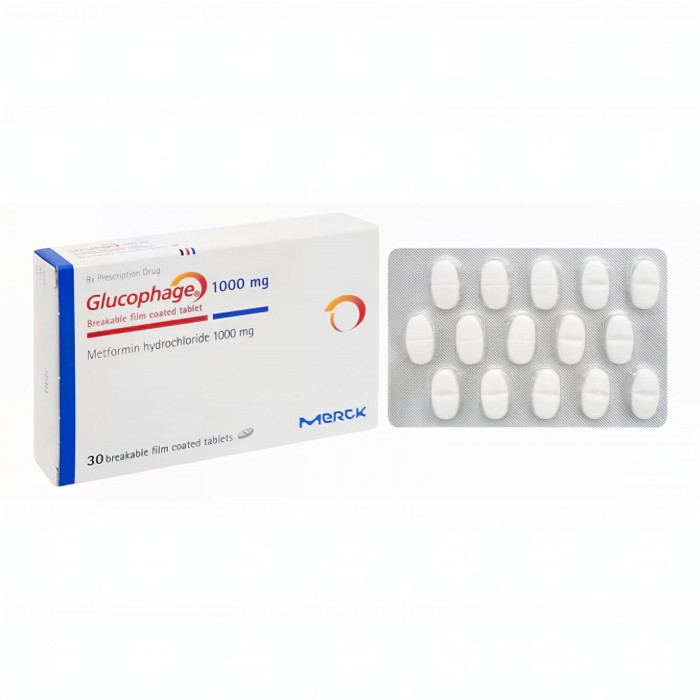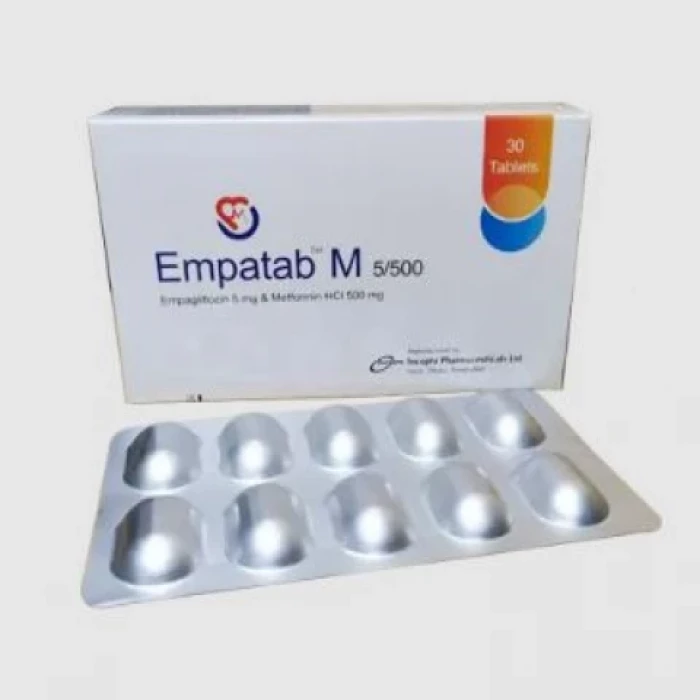
✔ 100% Authentic Product
👁️ Currently Viewing 1707
Generic Name: Empagliflozin 5mg + Metformin Hydrochloride 500mg
Incepta Pharmaceuticals Ltd
Discount
Price: ৳ 141
MRP:
৳
150
6%
Off

100% Genuine Products, Guaranteed

Safe & Secure Payments, Always

Fast, Secure & Efficient Delivery

Proper Packaging
 Cash on Delivery - All over Bangladesh
Cash on Delivery - All over Bangladesh Regular Delivery - 12-24 Hours, Dhaka City* Charge Tk.39-59
Regular Delivery - 12-24 Hours, Dhaka City* Charge Tk.39-59 Regular Delivery - 24-48 Hours, Other Cities* Charge Tk.99-110
Regular Delivery - 24-48 Hours, Other Cities* Charge Tk.99-110
 ফ্রি ডেলিভারিঃ - ৯৯৯ টাকা+ অর্ডারে, ঢাকা
শহরে
ফ্রি ডেলিভারিঃ - ৯৯৯ টাকা+ অর্ডারে, ঢাকা
শহরে ফ্রি ডেলিভারিঃ - ২৯৯৯ টাকা+ অর্ডারে, ঢাকার
বাহিরে
ফ্রি ডেলিভারিঃ - ২৯৯৯ টাকা+ অর্ডারে, ঢাকার
বাহিরে
100% Genuine Products, Guaranteed
Safe & Secure Payments, Always
Fast, Secure & Efficient Delivery
Proper Packaging
 Cash on Delivery - All over Bangladesh
Cash on Delivery - All over Bangladesh Regular Delivery - 12-24 Hours, Dhaka City* Charge Tk.39-59
Regular Delivery - 12-24 Hours, Dhaka City* Charge Tk.39-59 Regular Delivery - 24-48 Hours, Other Cities* Charge Tk.99-110
Regular Delivery - 24-48 Hours, Other Cities* Charge Tk.99-110 ফ্রি ডেলিভারিঃ - ৯৯৯ টাকা+ অর্ডারে, ঢাকা
শহরে
ফ্রি ডেলিভারিঃ - ৯৯৯ টাকা+ অর্ডারে, ঢাকা
শহরে ফ্রি ডেলিভারিঃ - ২৯৯৯ টাকা+ অর্ডারে, ঢাকার
বাহিরে
ফ্রি ডেলিভারিঃ - ২৯৯৯ টাকা+ অর্ডারে, ঢাকার
বাহিরে
✅ Description:
Indications of Empatab M 5/500 Tablet
When treatment with both Empagliflozin and Metformin Hydrochloride is appropriate, this is advised as an addition to diet and exercise to enhance glycemic control in persons with type 2 diabetes mellitus. In people with type 2 diabetes mellitus and established cardiovascular disease, empagliflozin is used to lower the risk of cardiovascular death.
Pharmacology of Empatab M 5/500 Tablet
Empagliflozin is a sodium-glucose co-transporter 2 inhibitor (SGLT2). The transporter SGLT2 is in charge of reabsorbing glucose from the kidney and returning it to the bloodstream. Empagliflozin inhibits SGLT2, which reduces renal reabsorption of filtered glucose and lowers the renal glucose threshold, increasing urine glucose excretion.
Metformin Hydrochloride is an antihyperglycemic medication of the biguanide class that is used to treat type 2 diabetes. Both baseline and postprandial plasma glucose levels are reduced. It has no effect on blood sugar levels. Metformin Hydrochloride reduces hepatic glucose synthesis, intestinal glucose absorption, and insulin sensitivity by increasing peripheral glucose uptake and utilization.
Dosage & Administration of Empatab M 5/500 Tablet
The dosage should be individualized based on effectiveness and tolerability. Take this combination twice daily with meals. Dose escalation should be gradual to reduce the gastrointestinal side effects due to Metformin Hydrochloride. Maximum recommended daily dose of Metformin Hydrochloride is 2000 mg and Empagliflozin is 25 mg.
Recommended individualized starting dose:
In patients on Metformin Hydrochloride, switch to this combination containing Empagliflozin 5 mg with a similar total daily dose of Metformin Hydrochloride.
In patients on Empagliflozin, switch to this combination containing Metformin Hydrochloride 500 mg with a similar total daily dose of Empagliflozin.
In patients already treated with Empagliflozin and Metformin Hydrochloride separately switch to this combination containing the same total daily doses of each component.
In patients with volume depletion not previously treated with Empagliflozin, correct this condition before initiating this combination.
Renal impaired patient: Assess renal function before initiating this combination. In patients with an eGFR below 45 mL/min/1.73 m2 is contraindicated.
Interactions of Empatab M 5/500 Tablet
Lactic acidosis may be exacerbated by carbonic anhydrase inhibitors. Consider increasing the frequency of monitoring. Metformin Hydrochloride buildup may be increased by drugs that inhibit Metformin Hydrochloride clearance (such as Ranolazine, Vandetanib, Dolutegravir, and Cimetidine). Consider the advantages and disadvantages of using two medications at the same time. Metformin Hydrochloride's effect on lactate metabolism can be amplified by alcohol. Warn patients of the dangers of drinking too much alcohol.
Contraindications
In patients with moderate to severe renal impairment and End Stage Renal Disease, this combination is contraindicated (ESRD). Individuals with metabolic acidosis, such as diabetic ketoacidosis, and patients who have had a major allergic reaction to Empagliflozin, Metformin Hydrochloride, or any of the excipients in this combination are also contraindicated.
Side Effects of Empatab M 5/500 Tablet
Urinary tract infection and female genital mycotic infections are the most common side effects related with Empagliflozin (5 percent or higher prevalence). Diarrhea, nausea/vomiting, flatulence, stomach discomfort, indigestion, asthenia, and headache are the most common side effects linked with Metformin Hydrochloride (>5%).
Pregnancy & Lactation
Remind pregnant women of the dangers to the fetus, especially during the second and third trimesters. This is not a good idea if you're breastfeeding.
Precautions & Warnings
Lactic Acidosis: Postmarketing cases of Metformin Hydrochloride-associated lactic acidosis. If lactic acidosis is suspected, general supportive measures should be instituted promptly in a hospital setting, along with immediate discontinuation of EmpaMet. Hypotension: Before initiating EmpaMet assess and correct volume status in patients with renal impairment, the elderly, in patients with low systolic blood pressure, and in patients on diuretics. Monitor for signs and symptoms of hypotension after initiating therapy and increase monitoring in clinical situations where volume contraction is expected. Ketoacidosis: Before initiating EmpaMet assess patients who present with signs and symptoms of metabolic acidosis for ketoacidosis, regardless of blood glucose level. If suspected, discontinue EmpaMet, evaluate and treat promptly. Acute kidney injury & impairment in renal function: Consider temporarily discontinuing EmpaMet in settings of reduced oral intake or fluid losses. If acute kidney injury occurs, discontinue EmpaMet promptly and institute treatment. Urosepsis, Pyelonephritis, Fournier’s gangrene & Genital mycotic infections: Treatment with SGLT2 inhibitors increases the risk for urinary tract infections. Evaluate patients for signs and symptoms of urinary tract infections and treat promptly, if indicated. Hypoglycemia: Consider lowering the dose of the insulin secretagogue or insulin to reduce the risk of hypoglycemia when initiating EmpaMet. Vitamin B12 Deficiency: Metformin Hydrochloride may lower vitamin B12 levels. Monitor hematologic parameters annually. Increased LDL-C: Monitor and treat as appropriate. Macrovascular Outcomes: There have been no clinical studies establishing conclusive evidence of macrovascular risk reduction with EmpaMet.
Storage Conditions
Keep below 30°C temperature, protected from light & moisture. Keep out of the reach of children.
⚠️Disclaimer:
At ePharma, we’re committed to providing accurate and accessible health information. However, all content is intended for informational purposes only and should not replace medical advice from a qualified physician. Please consult your healthcare provider for personalized guidance. We aim to support, not substitute, the doctor-patient relationship.






